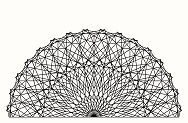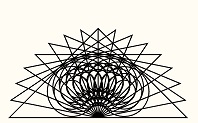


 |
 |
 |
The northern prairies create harsh conditions for biology. Evolution adapted to the harsh conditions, which shows dramatic relationships between biology and evolution.
A milkweed that is common along the edge of roads has large, heavy leaves, like elephant ears. The need for that is to protect from whipping grass which strips leaves and flowers from prairie wildflowers. But Asclepias incarnata has the most gorgeous leaves and flowers on the prairies. That's because it grows along the edge of water sources where its roots are constantly in moisture, while there is no grass to strip away flowers and leaves. It's scent is also gorgeous, like pink vanilla. Pink is how the pink flowers tend to smell. No other prairie wildflowers have a combination of large flowers and significant scent. Only one or the other is invested in. So only the smallest flowers produce significant scent. The purpose, of course, is the same for scent and flowers: to attract insects. That's not true of the house flowers, because they evolved under ideal conditions in southern China, where both flowers and scent could be promoted at the same time. It's the harshness of the northern prairies that required economizing. A few feet from Asclepias incarnata, up on normal ground, can be its closest relative. It will be one hard stem about 12 inches high with close, hard leaves and one small, red, brush-like flower packed into a tight pod about one half inch across. The dry heat and whipping grass shrink it down and harden it. Conditions are harsh on the northern prairies due to hot summers with limited rainfall. One of the results is smaller plants.
|
|
|||||||||||||||||||||||||||||
 |
 |
 | ||
 |
 |
 |
||